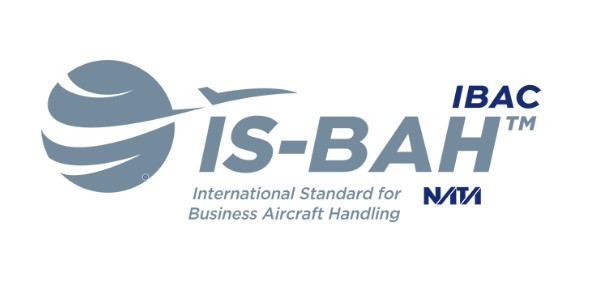 Virtual audits have become a mainstay of the current pandemic conditions. However, one can prevent becoming a victim of a virtual audit with one word – Planning. Sounds simple, right? One word can cure the virtual audit architecture. But as simple as it sounds, planning, really is the key to ensuring a successful virtual audit.
Virtual audits have become a mainstay of the current pandemic conditions. However, one can prevent becoming a victim of a virtual audit with one word – Planning. Sounds simple, right? One word can cure the virtual audit architecture. But as simple as it sounds, planning, really is the key to ensuring a successful virtual audit.
This planning starts before the traditional first steps of an audit. Questions to consider include: Which online platform will be used for hosting the virtual audit? Will video be used? How many days will the virtual audit be? Do we have provisions in place to observe usually onsite aspects of the audit? These are a few questions that the auditor and Operator audit representative should answer before beginning the audit. Again, planning is key! My suggestion for auditors is to document these answers as part of the Audit Plan. Another more personal question though that Operators need to ask is – Is my auditor technologically competent to conduct my audit? If your auditor does not address the above questions, or plans to “wing it,” then as an Operator, it might be in the best interests to consider another auditor or wait until conditions permit an onsite audit. Even though we are in aviation, “winging it” isn’t an audit technique to ensure a successful virtual audit!
Many online meeting platforms allow screensharing. This revolutionizes the virtual audit. Allowing document sharing in real-time is important. In fact, it is almost the same as an onsite audit in this aspect. When selecting an online platform, ensure that it has this capability. Once the platform has been selected, do a test run. A day or two before the audit select a time and make sure that everyone is able to access the platform, can maneuvre within it, and has their sound and video working. Troubleshooting these bugs before the start of the audit will result in a better, more fluid, virtual audit experience for everyone involved.
While virtual audit planning shares many of the same steps that a traditional, onsite audit would have, virtual audit planning requires more focus on the details of how each phase of the audit will be conducted. As either type of audit would require, having a completed audit checklist and audit documentation readily available to the auditor is crucial. In addition, share the company manuals with the auditor before the audit should occur. This step allows the auditor to become familiar with the Operator and their policies and procedures, and to clarify any items. At the conclusion of the document review phase, the auditor should relay any areas of concern to the Operator so that these questions can be resolved before the audit.
A secondary element to a successful virtual audit is “out-of-the-box-thinking.” Ok, so it is actually five words, but, the ability to think outside the box is paramount. For Operators and auditors alike, being able to mimic the expectations of an onsite audit is necessary for success. However, one drawback of a virtual audit is not being able to see the operation, observe towing operations, walk through a hangar, inspect a fuel farm, etc. But, through the use of technology and “out-of-the-box-thinking.” the auditor can see these important audit items. The ‘how’ is in the audit planning. If the operator has security cameras, these can be accessed and shared on the online platform thus allowing the auditor to see these items. If this is not an option, the Operator can do a facility walk around and capture task observations through video on a phone. Or, these tasks can be recorded and played back for the auditor during the audit. Such “out-of-the-box-thinking” is needed when planning and conducting a virtual audit.
We, as Operators and auditors, have been conditioned on the aspects of conducting onsite audits. Now that the audit landscape has changed due to the COVID-19 pandemic, virtual audits have become a mainstay of aviation. Success of a virtual audit rests in planning and out-of-the-box-thinking. With these two principles, one can survive a virtual audit, rather than become a victim to it. A successful virtual audit is only two steps away – remember to plan and be willing to think outside the box!

